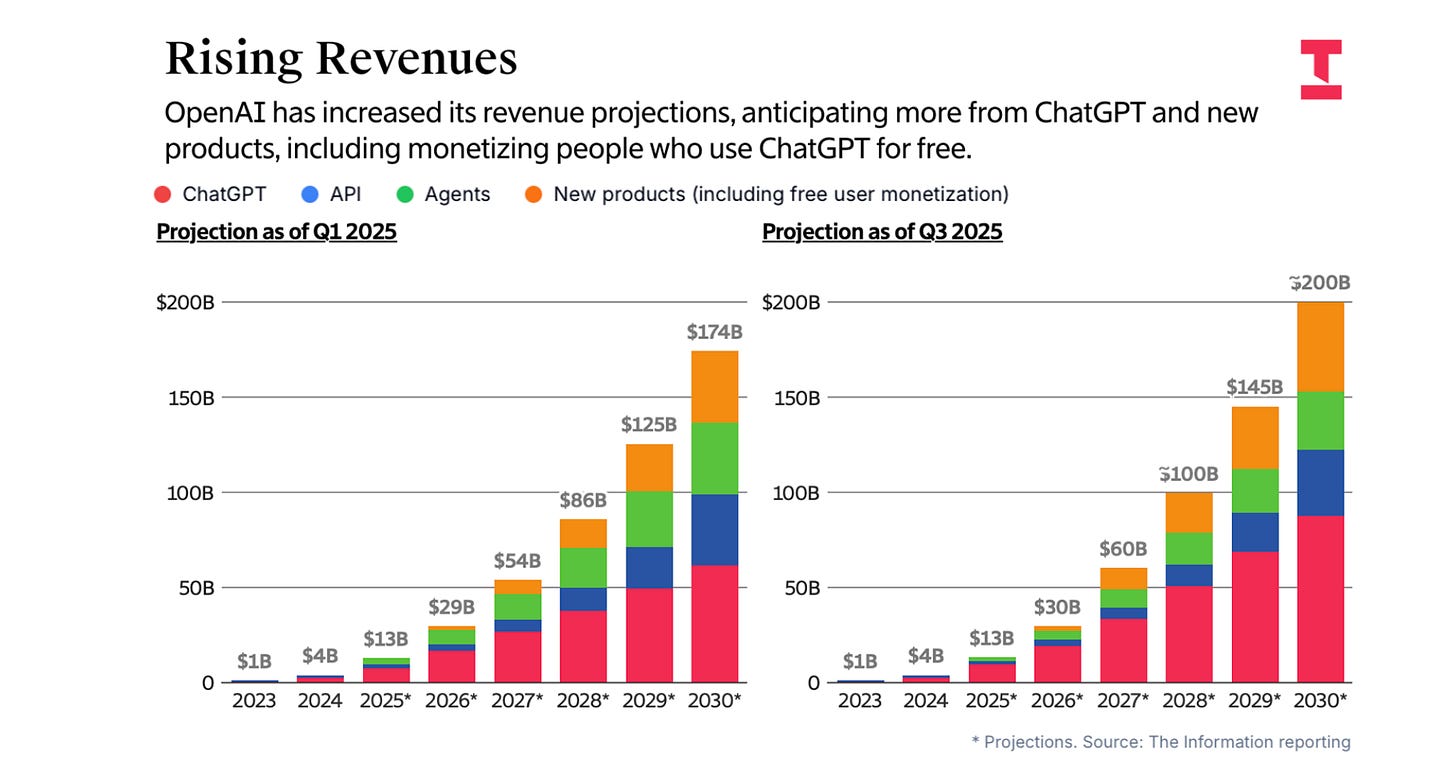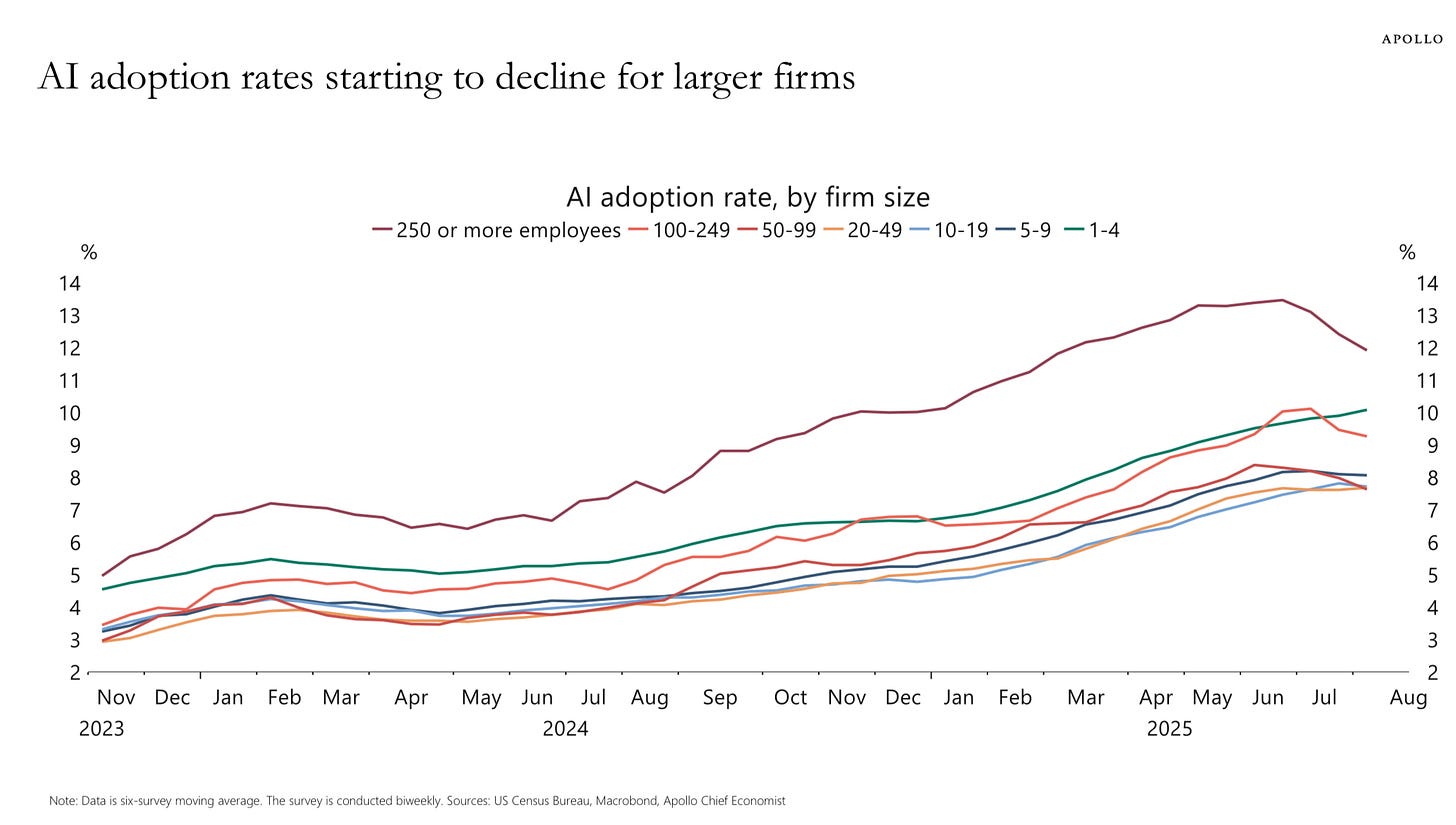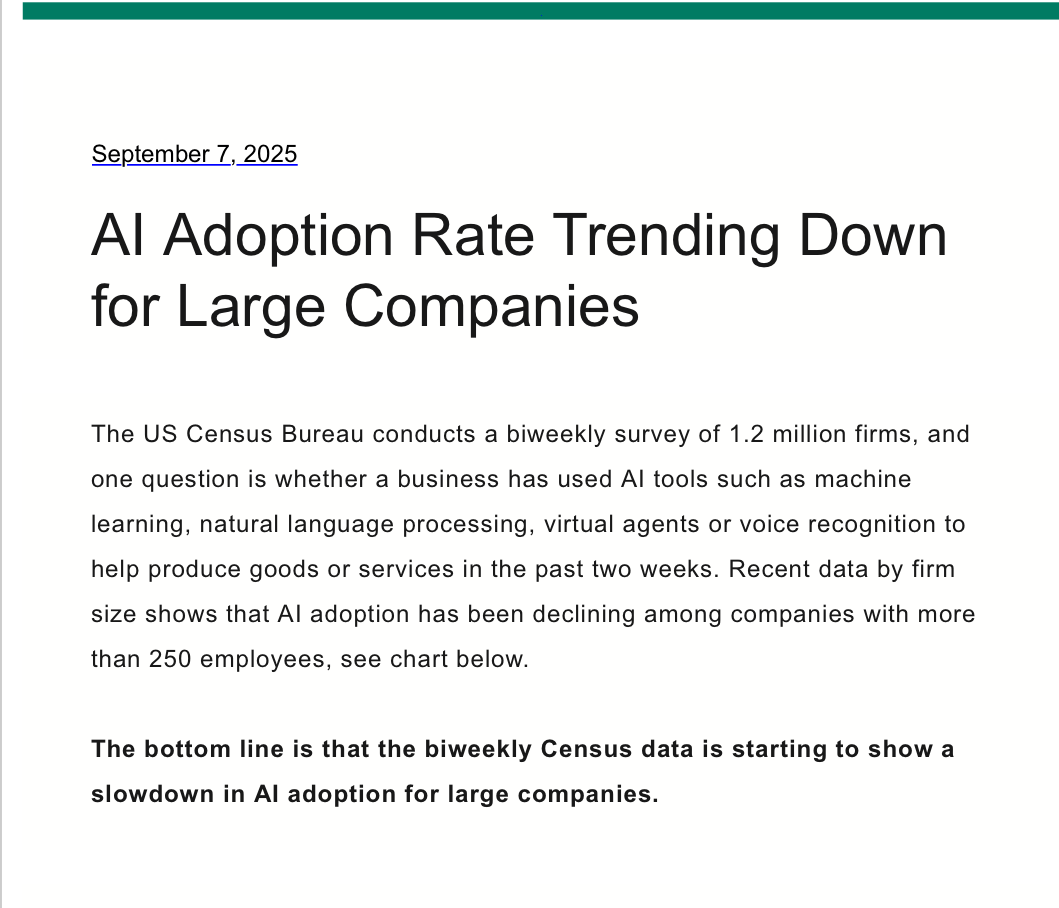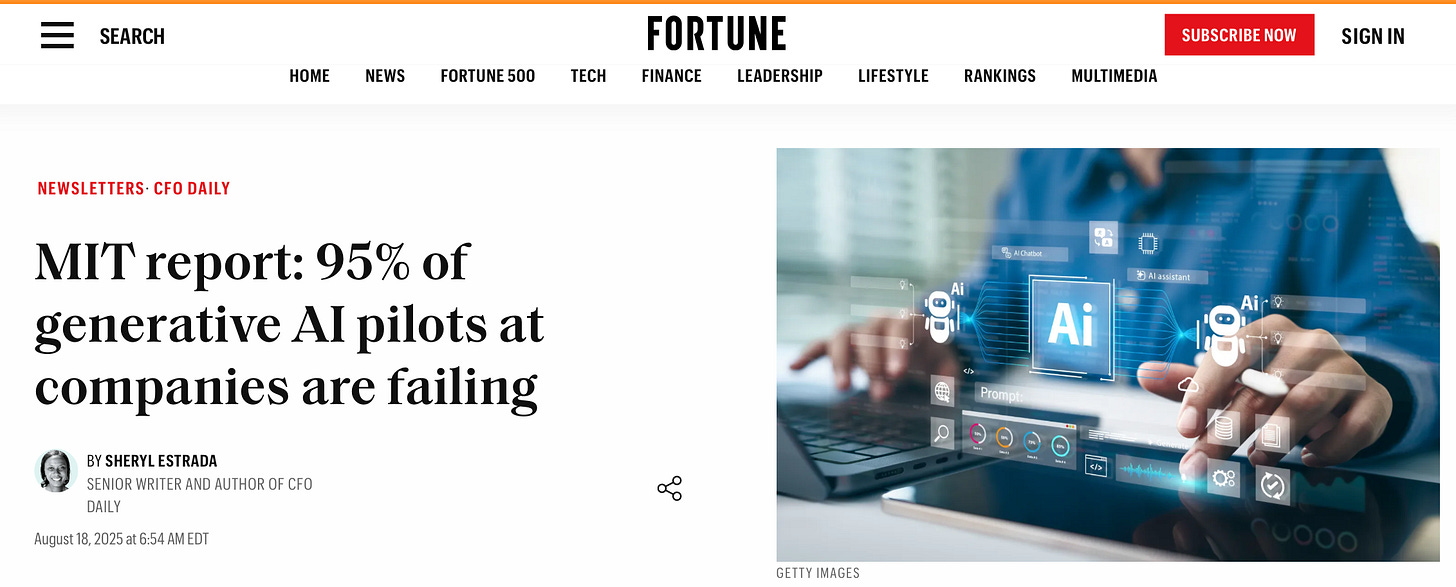Developer Offer
Try ImaginePro API with 50 Free Credits
Build and ship AI-powered visuals with Midjourney, Flux, and more — free credits refresh every month.
OpenAIs Billion Dollar Dreams Face A Sobering Reality
OpenAI's Ambitious Financial Horizon
OpenAI has a clear vision for its future: exponential growth. The company anticipates that interest in Generative AI will skyrocket, pushing its annual revenue to levels that would rival established giants like Ford, BMW, and Bank of America. Based on a path to make $13 billion last year, internal projections reported by The Information suggest an astounding target of $200 billion in revenue by 2030.
However, this ambition comes with a staggering price tag. The same report highlights the immense costs associated with training advanced AI models. OpenAI expects to spend a colossal $150 billion on computing costs alone between 2025 and 2030. The company is burning through cash at an incredible rate, with one headline stating, “OpenAI Says Its Business Will Burn $115 Billion Through 2029.” To cover these expenses and meet its lofty revenue goals, OpenAI must rely on a massive, sustained increase in spending from large enterprise customers, as consumer use alone is not nearly enough.
 Caption: OpenAI’s revenue projections, with the right panel showing the latest, more aggressive targets.
Caption: OpenAI’s revenue projections, with the right panel showing the latest, more aggressive targets.
A Counter-Narrative Emerges from New Data
Will revenue continue its upward climb at the projected pace? While the outlook was recently rosy, new data paints a more cautious picture. A chart shared by Apollo Academy, using U.S. Census Bureau data, hints at a potential reversal in the trend of AI adoption among businesses.

The data shows a noticeable decline in AI usage among large companies over the last two months. Analyst Torsten Slok elaborates on this finding, suggesting that after an initial period of experimentation, companies may be reassessing the value and practical benefits of generative AI.

Is this dip a temporary blip, or could it signify that large enterprises are growing impatient with the technology's current capabilities?
The Challenge of Demonstrating ROI
While Generative AI sounds revolutionary in theory, its practical application has not always delivered the results needed to justify its high costs. This growing sense of disappointment is echoed by a recent MIT study, which revealed significant dissatisfaction with the return on investment (ROI) from AI initiatives.

This sentiment is likely not helped by reports of underwhelming results from the upcoming GPT-5 model. If the initial hype cycle gives way to a period of scrutiny where businesses demand tangible returns, the assumption of endless growth could be seriously challenged.
For a company like OpenAI, whose entire financial model is built on a steep, uninterrupted growth curve, a plateau in enterprise adoption could be disastrous. If the trend of rising revenue stops, OpenAI's ambitious future could be in jeopardy.
Compare Plans & Pricing
Find the plan that matches your workload and unlock full access to ImaginePro.
| Plan | Price | Highlights |
|---|---|---|
| Standard | $8 / month |
|
| Premium | $20 / month |
|
Need custom terms? Talk to us to tailor credits, rate limits, or deployment options.
View All Pricing Details

